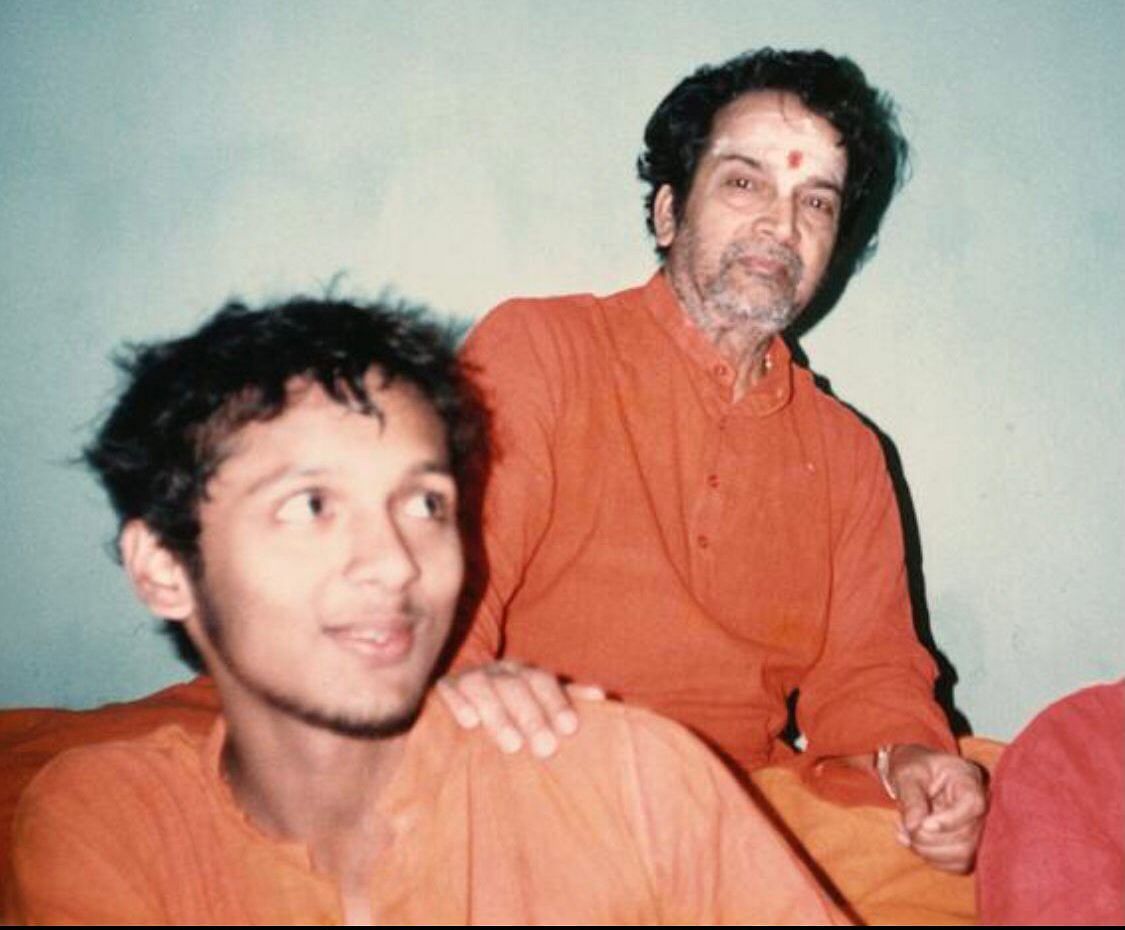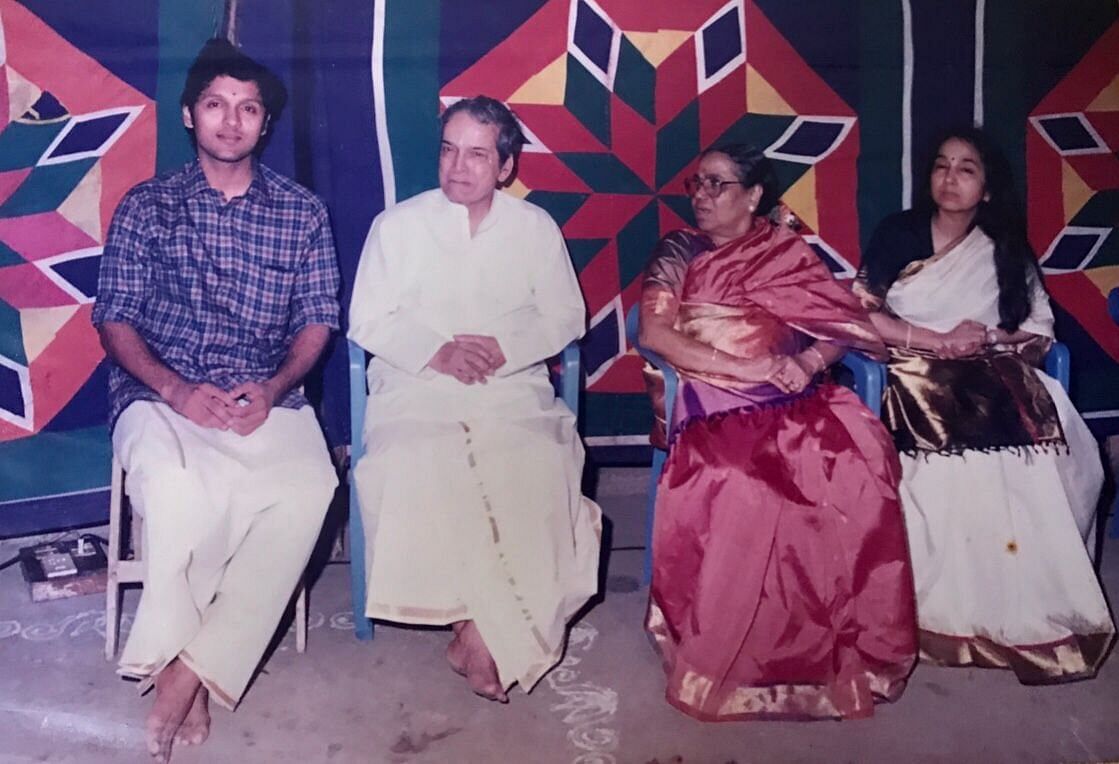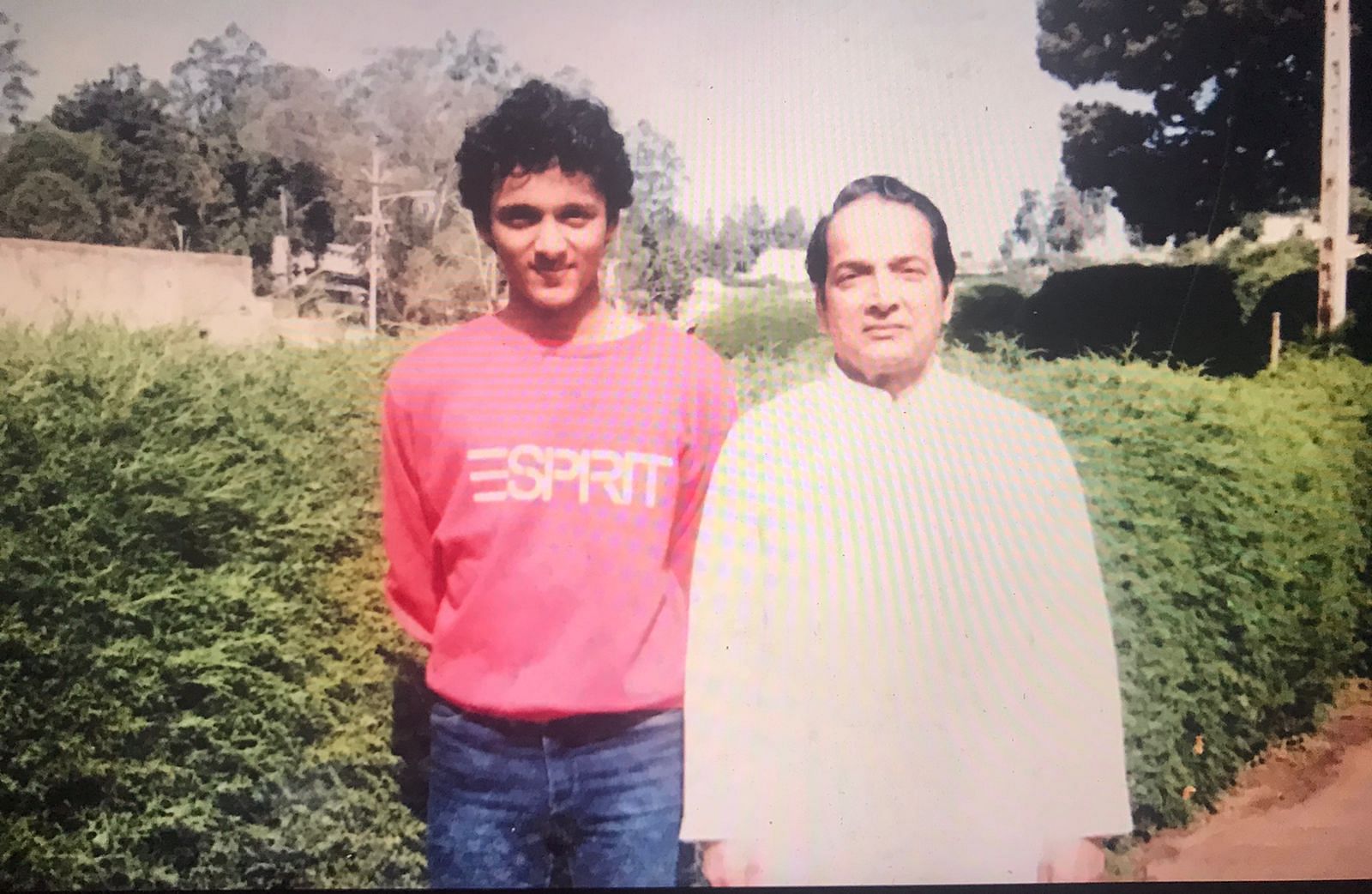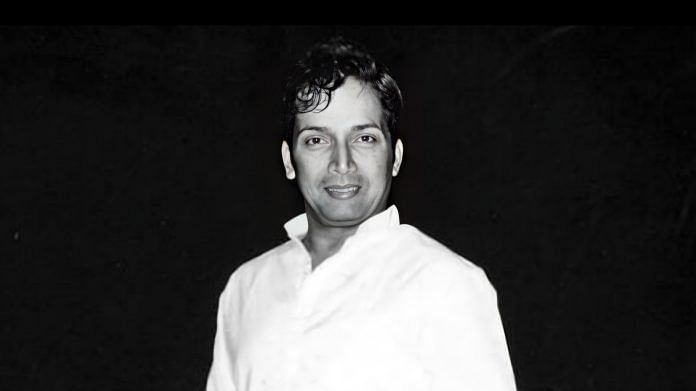MN Nambiar, the much-hated villain of Kollywood, earned his audience’s wrath on screen and received immense love and respect off it. He was celebrated as an ekapatniviradhan—faithful husband, an elder brother within the film fraternity, and a revered figure among countless Ayyappa devotees.
Despite his villainous roles, Manjeri Narayanan Nambiar’s performances never stooped to degrading women, even during the 1970s and 80s when rape scenes were normalised in films.
But his portrayals of these characters were so convincing that that they blurred the lines between reel and real for audiences. During the shoot of PS Veerappa’s 1960 film Veerakkanal, villagers mistook Nambiar for his onscreen persona, when he and Veerappa approached them for a glass of water.
“A ninety-year old woman chewing betel nut asked them if, having exhausted heroines on the screen, they were here to molest the villagers,” music director Shankar Ganesh recounted in an interview to Nambiar’s grandson Dipak.
Born in 1919 in Cheruvaishi village in Kannur, Kerala, Nambiar faced hardships early in life. After his father’s death when he was just eight, his family moved to Ooty. Within just four years, Nambiar had started supporting his family.
“In spite of his hardships, Appa was resilient,” his grandson Dipak Nambiar said in a conversation with ThePrint. Nambiar’s journey as a thespian, according to Dipak, began when he joined Nawab Rajamanickam Pillai’s theatre troupe. He was “impressed and intrigued by their habits of waking up early, performing Surya Namaskar, and their discipline,” Dipak said.

Dipak also recounted an early glimpse of Nambiar’s knack for acting. As a boy, Nambiar jokingly remarked that his father, “a nasty drunk on occasion”, might not return from a work trip to Ooty. When tragedy struck and his father’s body was brought home, Nambiar did not know how to react.
“He went to the washroom, splashed water on his face, and came out looking as though he had been weeping—it was like young Appa was putting up a performance even before he officially started acting,” Dipak recalled.
In his semi-autobiographical account, Nambiarswami: The Good, the Bad and the Holy, Nambiar recounted: “I sat in the front row on both nights fascinated by the actors and the roles they played in their fantasy worlds. They transported me to a place far removed from my school and anything else I might have seen thus far in life.”
Nambiar’s journey from comedian to villain
Though widely remembered for his villainous roles, Nambiar’s breakthrough in cinema came as a comedian in the 1953 film Bhakta Ramdas, directed by Murugadasa Swamigal. The film, adapted from a play in which Nambiar had previously performed, showed his versatility as an actor.
Over six decades, Nambiar appeared in more than 1,000 films, often cast as the archnemesis of the legendary MG Ramachandran (MGR), the former chief minister of Tamil Nadu. Their iconic fight sequences were often the climax of the films they made together. Trained in Kalaripayattu, Kerala’s martial art, Nambiar used real swords in these scenes.
“I was the archetypal baddie to the hero played by MGR in every film. My characters embodied evil while his personified everything that was pure about human nature,” Nambiar writes in the book, which was narrated to his grandson.

In his book, Nambiar credits ASA Samy’s 1949 film Velaikkari—with MGR in the lead—for solidifying his reputation as a villain. “I played two roles – a rich man’s son in love with the poor housemaid, as well as a lecherous guru – was largely instrumental in burnishing my image as a bad man with the masses….M.N. Nambiar, the much-hated villain of Tamil cinema, was born and here to stay,” he writes.
Nambiar was a ‘team player’ who was truly invested in the success of his films and understood the business side of cinema. Director SJ Surya recalled pitching a movie to him for which Nambiar said he would charge the same fee that he charged three decades ago during MGR’s time.
Beyond the camera: A life of discipline
Away from the rolling cameras, Nambiar was reputed for his commitment to his family and his health. And his devotion to Lord Ayyappa earned him immense respect among devotees like Amitabh Bachchan, Rishi Kapoor, Lawrence De Souza, Rajnikanth. Shammi Kapoor and Pran were more like personal friends, said Dipak.
“Appa was an introvert and deep thinker who loved spending time at home after work. While he was the life of the set while shooting, at home he would read books on history and war…and the word discipline was synonymous with his name,” Dipak told ThePrint. Nambiar was also a health and fitness enthusiast, and had his own gym at home.
Known as “Swami” within the film fraternity, Nambiar never indulged “in tobacco, alcohol, meat, junk food, soft drinks”. “He assiduously took care of his body with a combination of great diet and exercise,” actor-director K Bhagyaraj’s noted in The Good, the Bad, the Holy. According to Bhagyaraj, Nambiar’s wife “travelled everywhere with him” as “he would only eat food cooked by her” and “would always give the first morself to Amma before he ate his food.”

Inspired by this, Bhagyaraj attempted to recreate the sentiment in a romantic song ‘Vilakku Vacha Nerathula’ in his 1983 film Munthanai Mudichu. But he could not “find any couple in Gobi to enact this tender scene as the macho villagers would have refused outright.” Swami, on the other hand, never shied from publicly exhibiting his affection toward his wife.
“After marriage, he trusted his wife with all his earnings to run the family the way she wanted to, their relationship was the epitome of trust,” Dipak said. “To me, Nambiarswami defined what masculinity should be: the toughest man Tamil Nadu ever knew was also so devoted to his wife. A man who went through so many hardships but never wore it like a cloak of virtue.”
(Edited by Prashant)






